I have a celebrity crush on the evolutionary Tree of Life. I’m not sure how else to put it. Ever since I was first introduced to this metaphor for the tangled, prolific family of living things on earth, I’ve been enamored.
I remember, as a teenager, plunging into an interactive digital museum display of the Tree of Life that blew my mind. (You can find the current version of it and follow along here.) The curving, fractal tree, when zoomed out all the way to its root, presented me with a few hulking branches: domains Bacteria, Archaea, and Eukaryota. I was invited to choose a branch and zoom in, coiling deeper and deeper, traversing branch-splits labeled with ancestors, rustling past leaves stamped with species.
I searched first, of course, for myself. I am a eukaryote, cousin to the ladybug whose picture was chosen to tag the ancient base of the branch Eukaryota: “Animals, Fungi, and more.” As I zoomed in, the ladybug slid inward too, like a little spirit guide. I followed.
Soon I saw plants branch off in another direction. Then amoebas, fungi, and other groups I had never heard of. Only then did “Animals” curve into view. Sponges were the first to split from our Animalian branch, then jellyfish and corals. When I found the chordates—that is, vertebrates—the ladybug had at last slid off in another direction with the invertebrates: worms of all kinds, spiders, tardigrades, insects….
I followed the chordate branch past the lancelets and the lampreys, the jawed fishes, the lungfishes, and on to the tetrapods. Amphibians branched off, and then mammals; birds and reptiles were somewhere further along the curve.
Into Mammalia: past the marsupials to the placental mammals. Finally, there were the primates, nestled next to the rodents. I found the apes, and on one of the leaves, a human: genus Homo, species sapiens. Close by, the bonobos and chimpanzees.
It was dizzying and deep. I was hungry for more.
In an 1837 notebook, Charles Darwin famously summarized his developing theory of evolution with the words “I think” followed by a sketch of a branching tree diagram. A more refined version of this diagram was the only illustration in On the Origin of Species.
One of the foremost proponents of Darwin’s work, artist-zoologist Ernst Haeckel, took the metaphor more literally in his fanciful illustrations. His gnarled 1879 Tree of Life perhaps resonates with the mythological Trees of Life around which our metaphor dances.
Haeckel also coined the term phylogeny: phylo from the Greek for tribe, -geny from the Greek for generation or production.
These phylogenetic trees, whether lined or leafy, were describing descent with modification: as generations of a species turn over, populations of descendants accumulate enough changes to split into different, daughter species. After enough time, we have many finely divided branches, ending in living leaves. We can trace the branchings back to that node where there was once a single branch, parent to all the leaves. We can see which branches have only recently sprung apart, and which have long been separated by time:
Birds and sponges (650 million years).
Sunflowers and peat moss (470 million years).
Humans and bonobos (6 million years).
It’s a very useful visualization.
But even before Darwin and others synthesized all the offerings of natural history into the theory of evolution, natural historians were drawing tree diagrams.1 See, for example, French botanist Auguste Augier’s 1801 Botanical Tree. Enlightenment scholars loved classifying things and making hierarchies, and trees are a useful way to do this, even without imagining descent. In the 1700s (and earlier), taxonomists like Carl Linnaeus were using the shared characteristics of plants and animals to classify them into nested groups: species, genus, family, order, class, phylum, kingdom.2 Largely, the groupings they came up with still map well onto our evolutionary trees.
That’s because taxonomy and phylogeny both tell the story of evolution. And I think it’s this story that makes me love the Tree of Life.
It’s a story of journeys: how life wandered and exploded through evolutionary time.
I’m haunted by the watery bogs and deep jungles glimpsed on a walk along the backbone of the Plant Tree of Life.
The way a liverwort points back3 along the dizzying spin to the time before any ancestral plants had veins, creeping along the moist ground and sheltering their little embryos from the harshness of air.
The way a fern frond loaded with spores echoes the ancestors who had yet to invent seeds.
The way a cycad, spiky not-quite-palm4, testifies of the branch that spawned cones, having parted ways from the ancestors of flowering and fruiting.
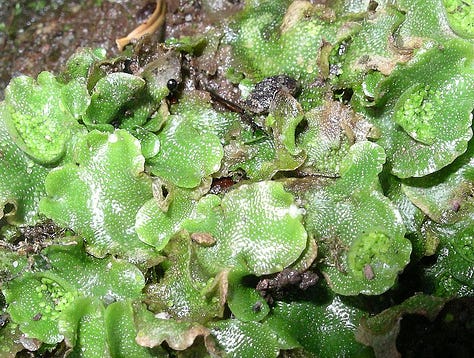

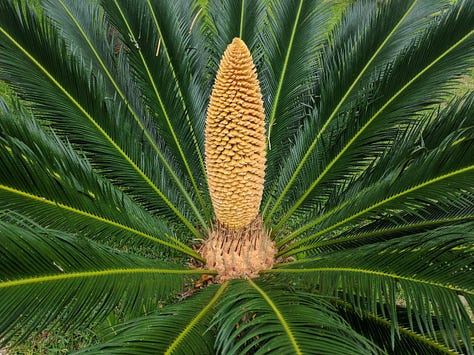
It’s a story of relationships: I love knowing that the rose family, Rosaceae, includes not just roses, but apples and cherries and meadowsweet, because look at their five petals, look at rose hips and apples with their many stamens fringing the end of the fruit where the petals fell away—that’s shared ancestry.
I love knowing that peas and broad beans and clover and wisteria, with their winged petals and pod-fruit and nitrogen-fixing roots, belong together in the legume family, Fabaceae.
And that the sunflowers, daisies, coneflowers, and 32,000 other species of family Asteraceae descended from an ancestor who invented composite flowers.5
It’s a memory palace: a framework for lodging the vast variety of biological diversity in your mind, or at least the general sweep of it.

It’s a working hypothesis: The ghosts of long-gone common ancestors and extinct branches, which we can only guess at with fossils and algorithms, wander up and down the nodes of our tree. Even among the living there are many, many gaps and uncertainties. The branches are continually revised by new data, especially DNA, and methods for detecting relatedness in species, as well as evolving schools of thought (e.g. “lumpers” vs “splitters”).
There’s an open source Tree of Life updated daily with new genomic data. Meanwhile, every so often, working groups of systematists publish the latest version of, say, the official Angiosperm phylogeny.6
Some organismal groups are perpetually subject to several competing hypotheses at once. Schrodinger’s bryophytes.

In some ways, the tree metaphor is fundamentally inadequate. For example, the single-celled prokaryotes, Bacteria and Archaea, do not only pass on genes in neat descent from parent to daughter cell; they often transfer them horizontally, between total strangers. Those branches of the Tree of Life are a particularly snarled mess.
Even organisms who reproduce in familiar ways don’t always flow obediently along the branches. The very concept of “species” is difficult to box in. Apparently isolated species hybridize; different genes follow different branching paths as populations blur7; traits are lost and re-evolved.
The ideal representation of Life would likely not be a tree, but a network.
Despite the snarls, the Tree of Life serves us well as a foundation, a framework our linear minds can follow.
With it, we can keep track of the evolutionary history that inevitably shapes the forms, distributions, and ecologies of the earth’s species. We can pose and investigate new questions about how life evolved. We can try to tease apart the conditions that spur the growth of new branches, or that prune them. We can quantify how much of the earth’s genetic heritage is stored in a given community of species threatened with extinction, potentially helping to prioritize conservation efforts.
And it’s such a good story.
The title of this post quotes Robert Chambers' Vestiges of the Natural History of Creation, published anonymously in 1844 (15 years before On the Origin of Species), controversial even in a tentative treatment of evolution. It included a simple branching diagram.
Remember: Kings Play Chess On Fine Grained Sand.
It’s important to note that no given organism alive today is any less “evolved” or advanced than any others; all have been traveling along these branches for the same amount of time, accumulating changes and adapting to their environment as needed. It’s just that the ancestors of liverworts, for example, separated from the ancestors of vascular plants before the “innovation” of plant veins came about, so they didn’t inherit them, and they kept on happily being non-vascular plants. It could be that ancestral land plants were in fact more morphologically similar to liverworts than anything else alive today, but they’re not the same organism. (This concept is also, incidentally, why Haeckel’s human-crowned tree is decidedly old-fashioned. We too are just as evolved as a liverwort. We’ve just gone about it a very different way.)
Palm trees are in fact angiosperms—they have flowers and fruit. So even though cycads superficially resemble palms, they’re more closely related to other gymnosperms (with seeds in cones, not fruit) like ginkgos and pine trees.
Do these little teasers of plant families excite you? Good, because I plan to dedicate whole posts to plant family profiles soon. (Probably focusing on the plants of the Alps. We’ll see.)
Even the official angiosperm phylogeny doesn’t try to include all species; it’s more focused on the overall structure. However, at the Royal Botanic Gardens Kew, there’s a years-long, ongoing project with the aim of building a complete Plant and Fungal Tree of Life. That’s a lot of DNA to sequence.
These were issues I faced when building a phylogeny of just a subsection of a genus of plants in New Zealand for my PhD, over 100 species of hebes which had speciated very quickly on an evolutionary time scale (several million years) and left a trail of scrambled genetic patterns in their wake.

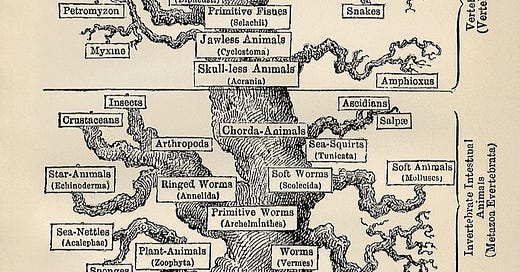



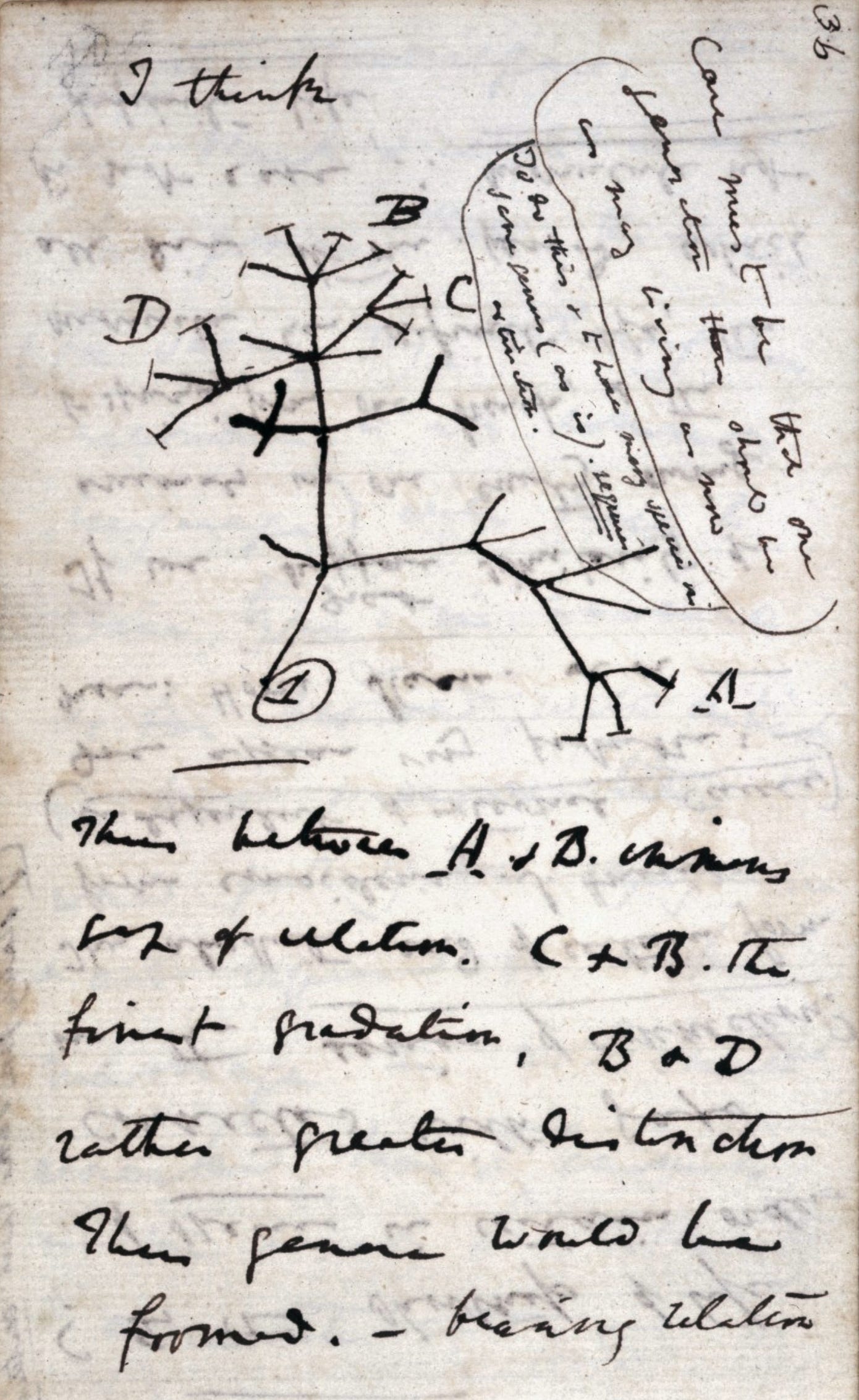
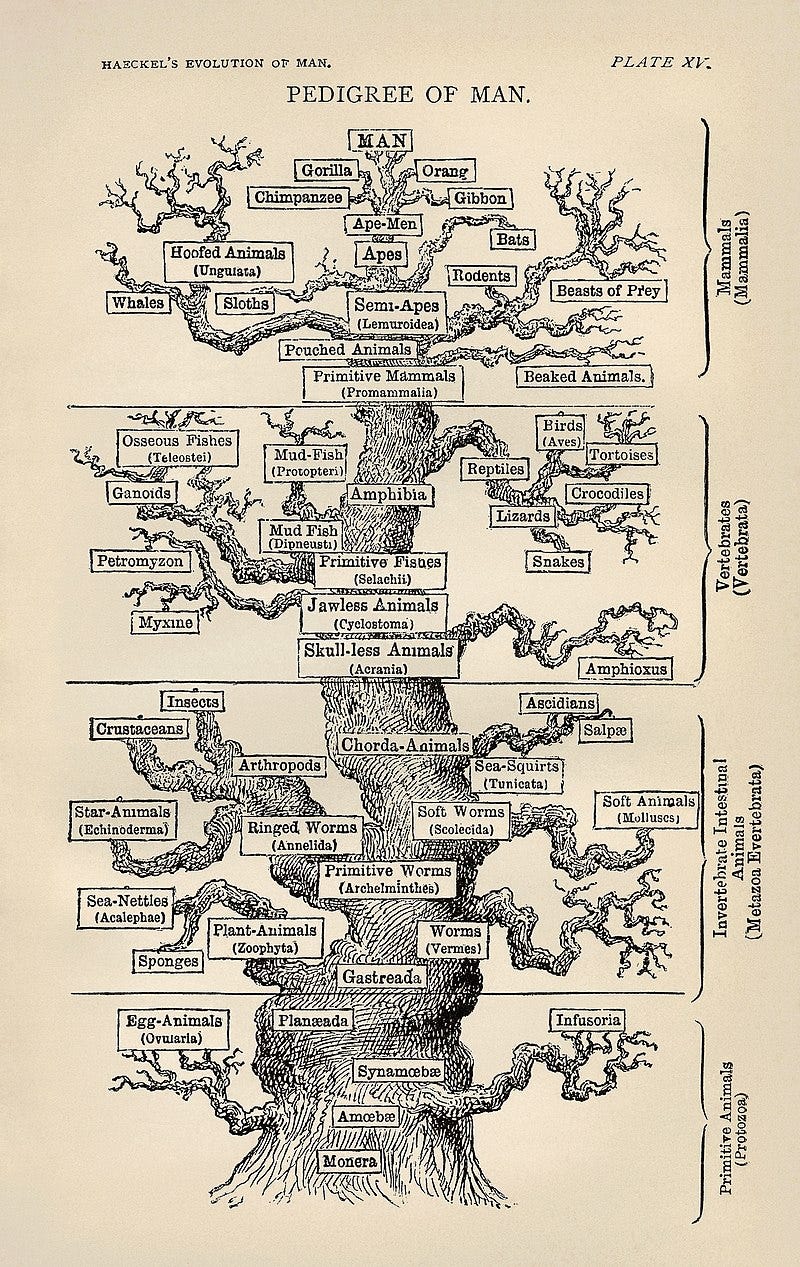
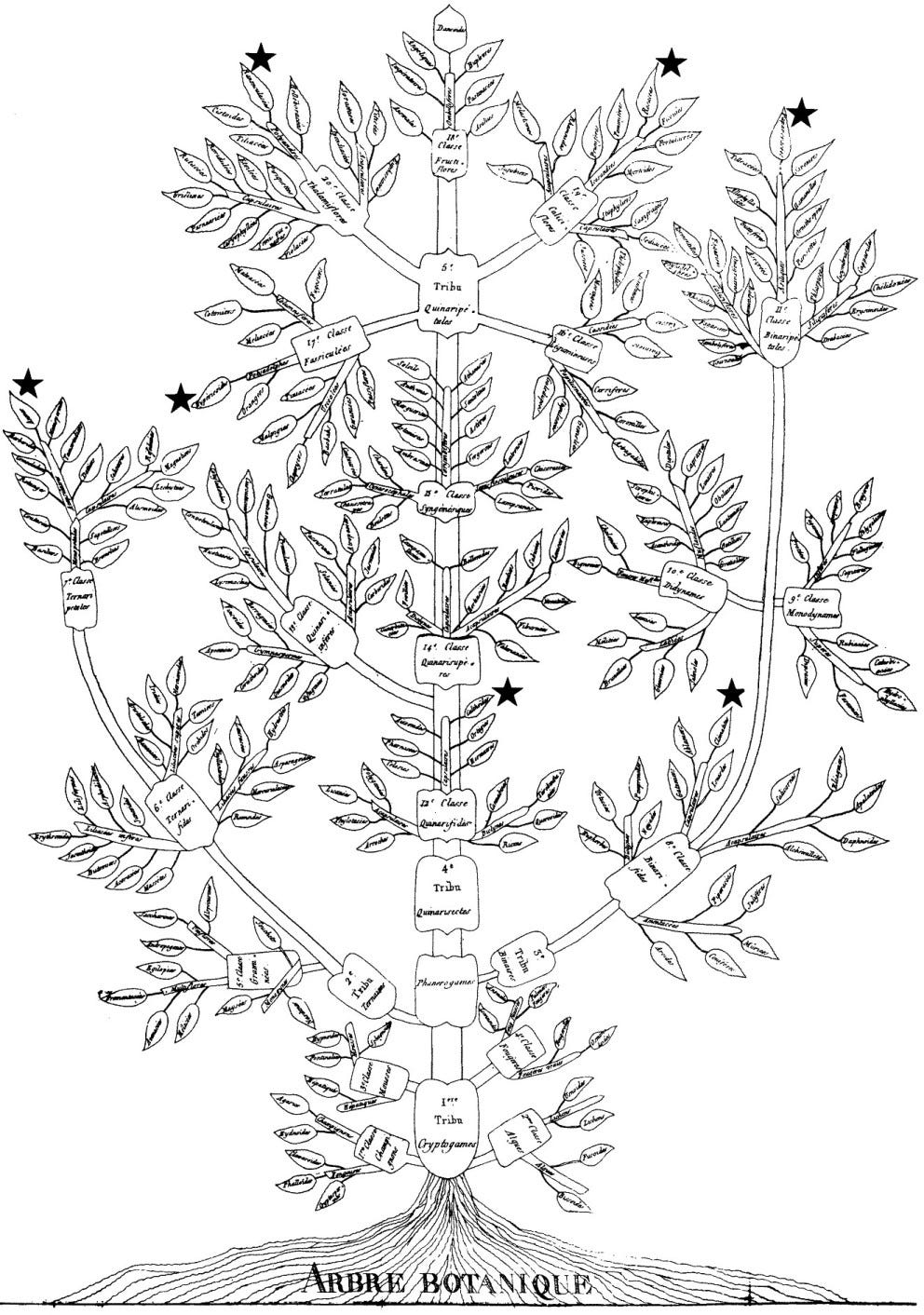




'like' doesn't cover it. I'm only part easy through and loving it, immersing in the joy and the echoing relationships. I'm savouring more for later.
I also have a book I think you'd love. If I can find it I'll take some photos.
Anne,
I'm wondering if you've seen this? It mentions Haekel's tree.
https://orionmagazine.org/article/what-slime-knows/